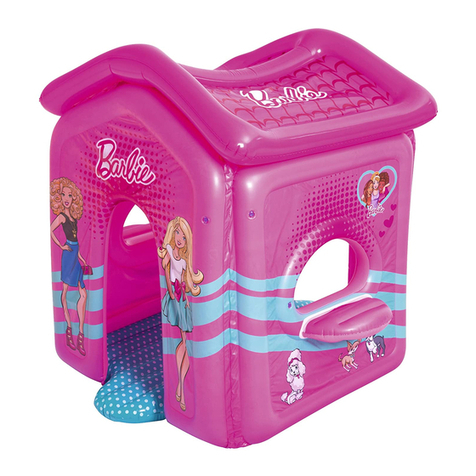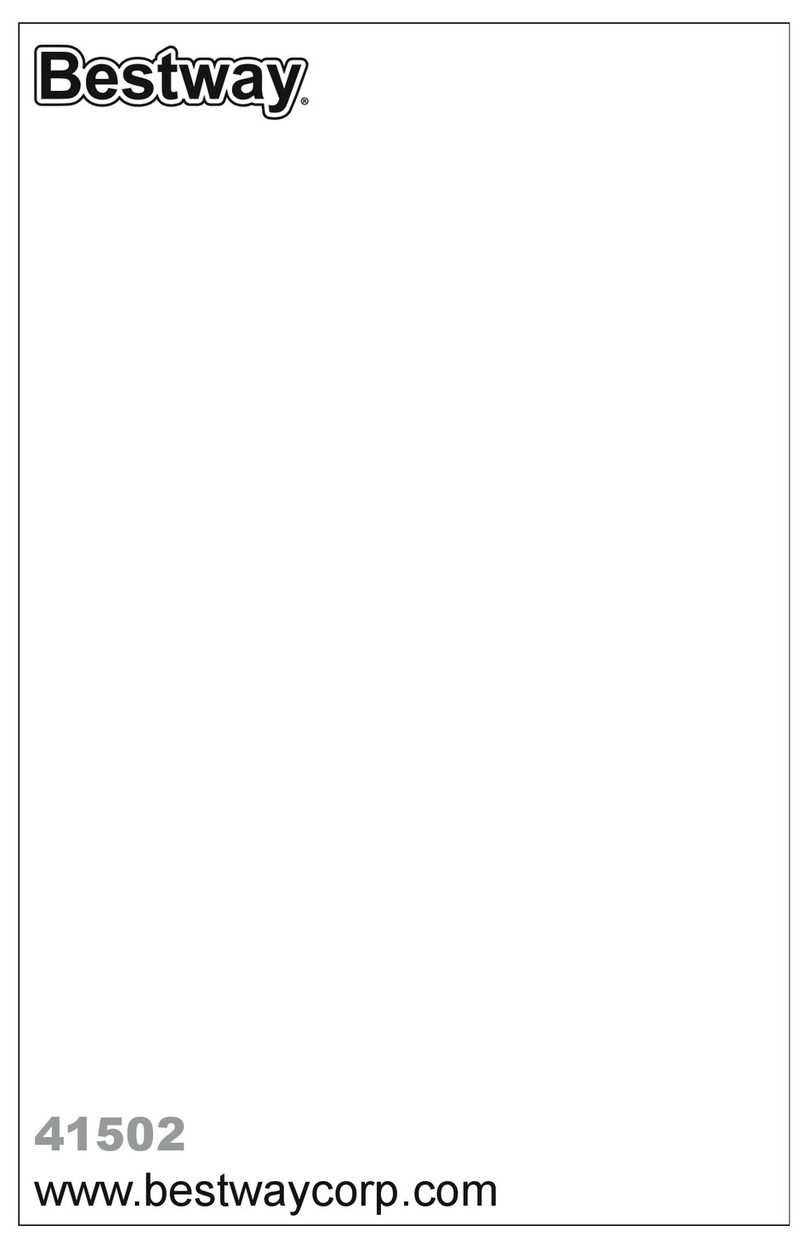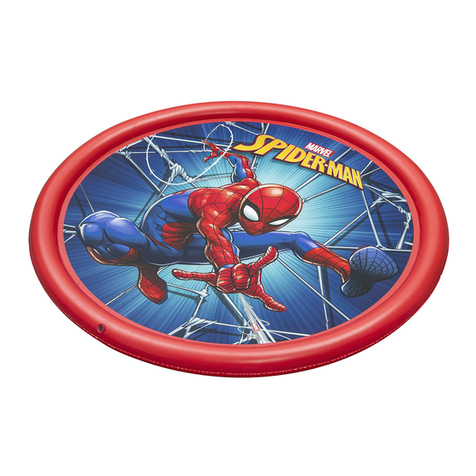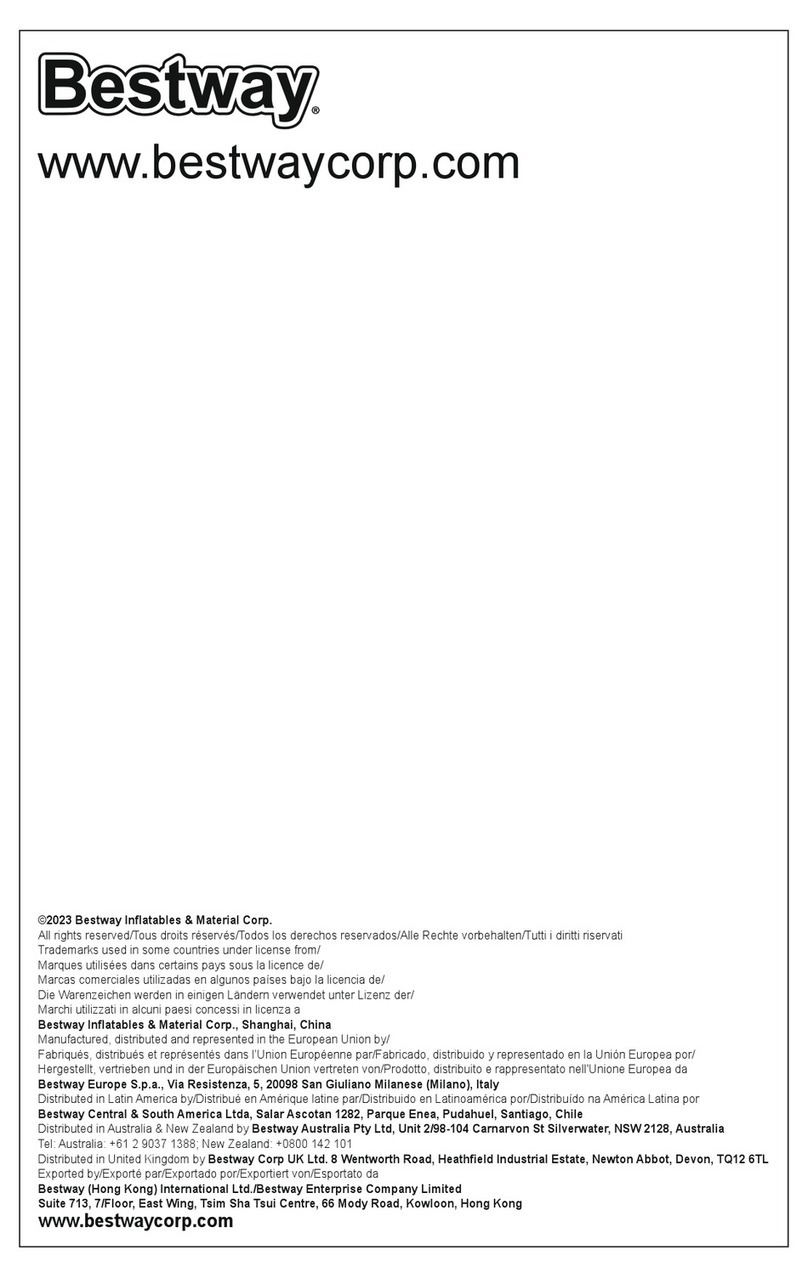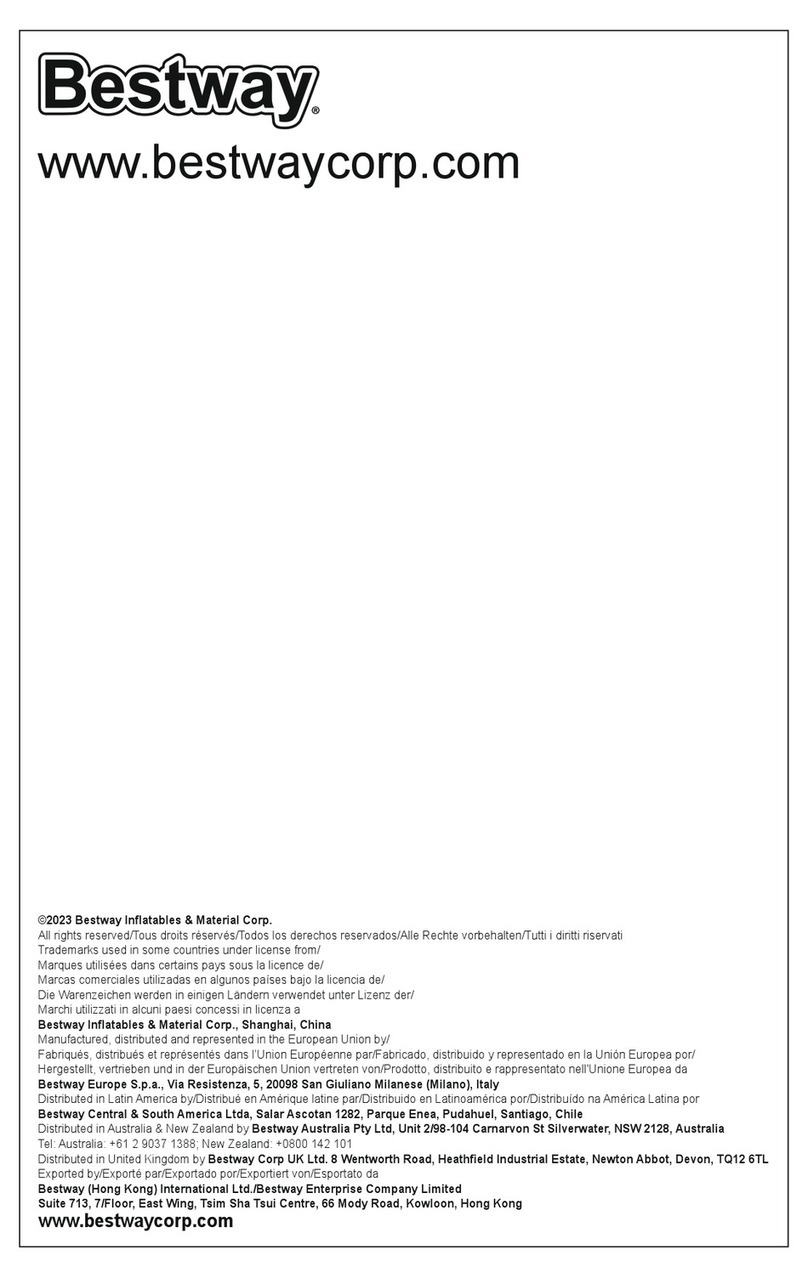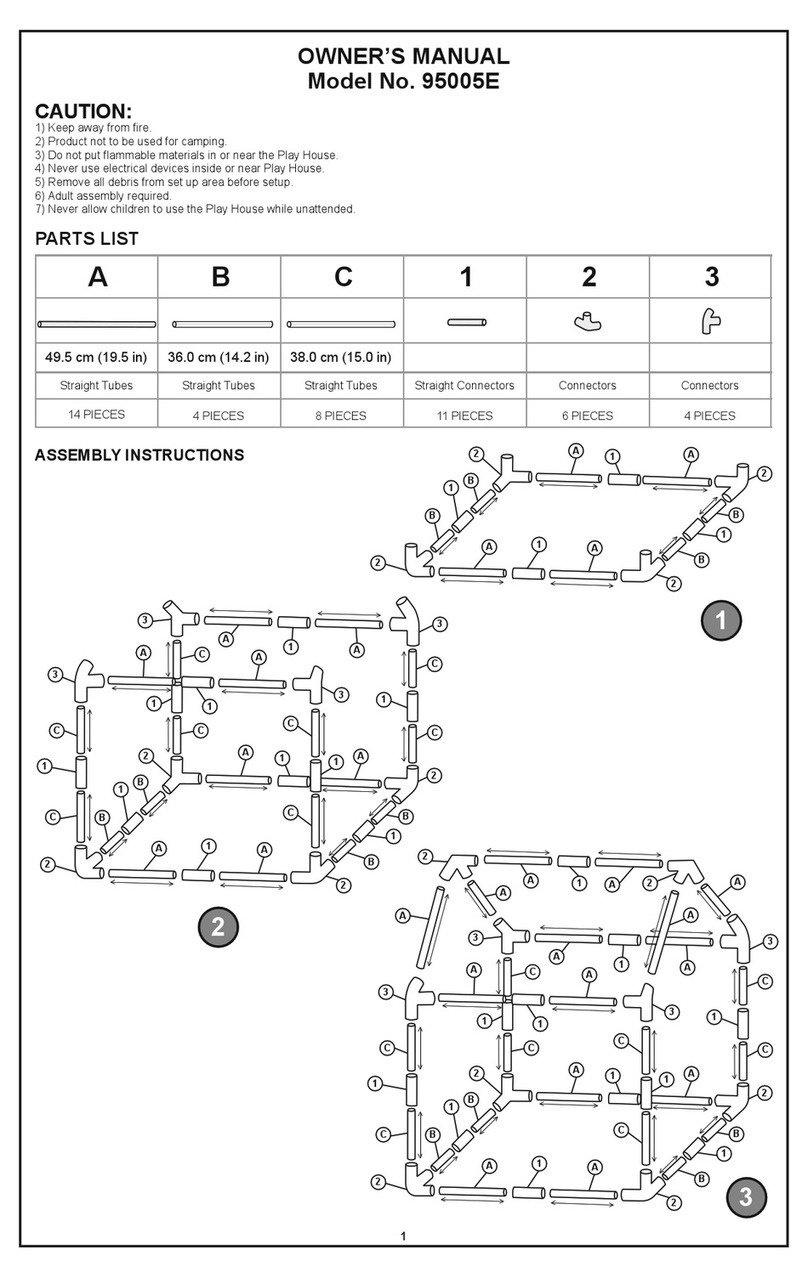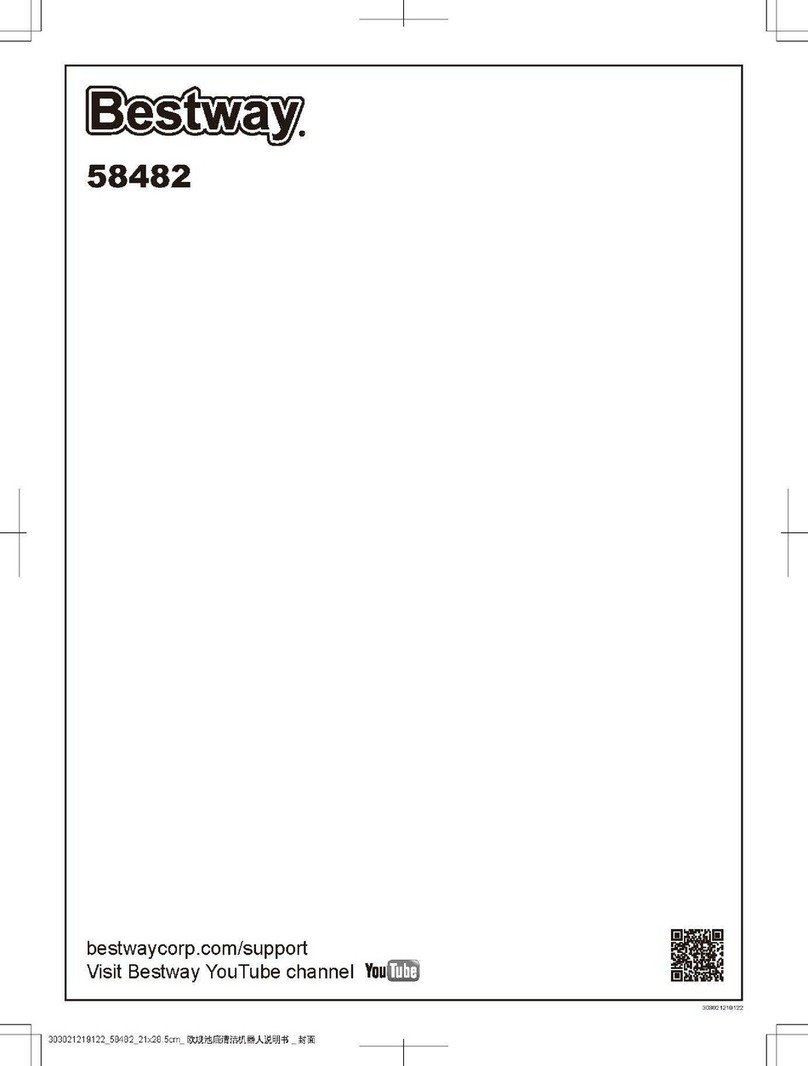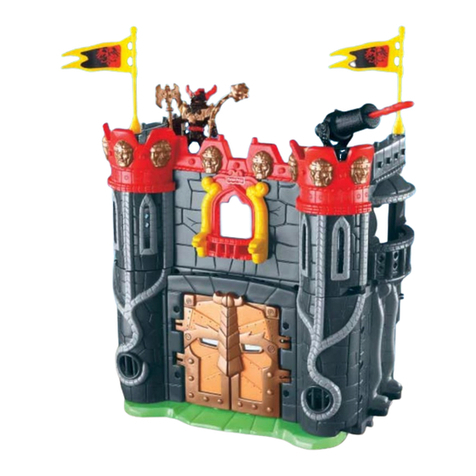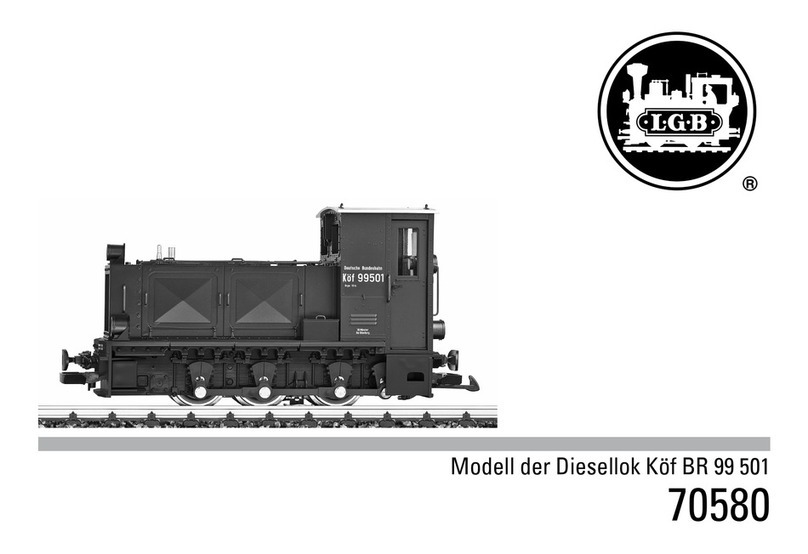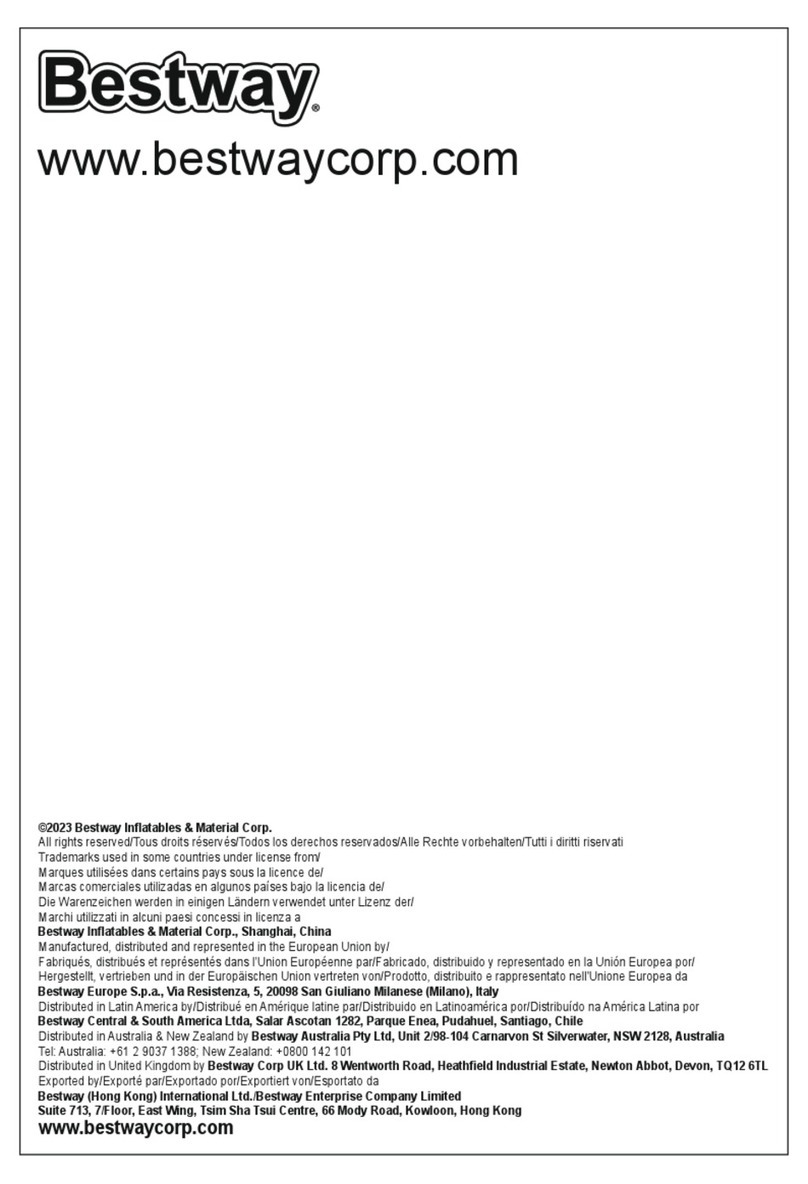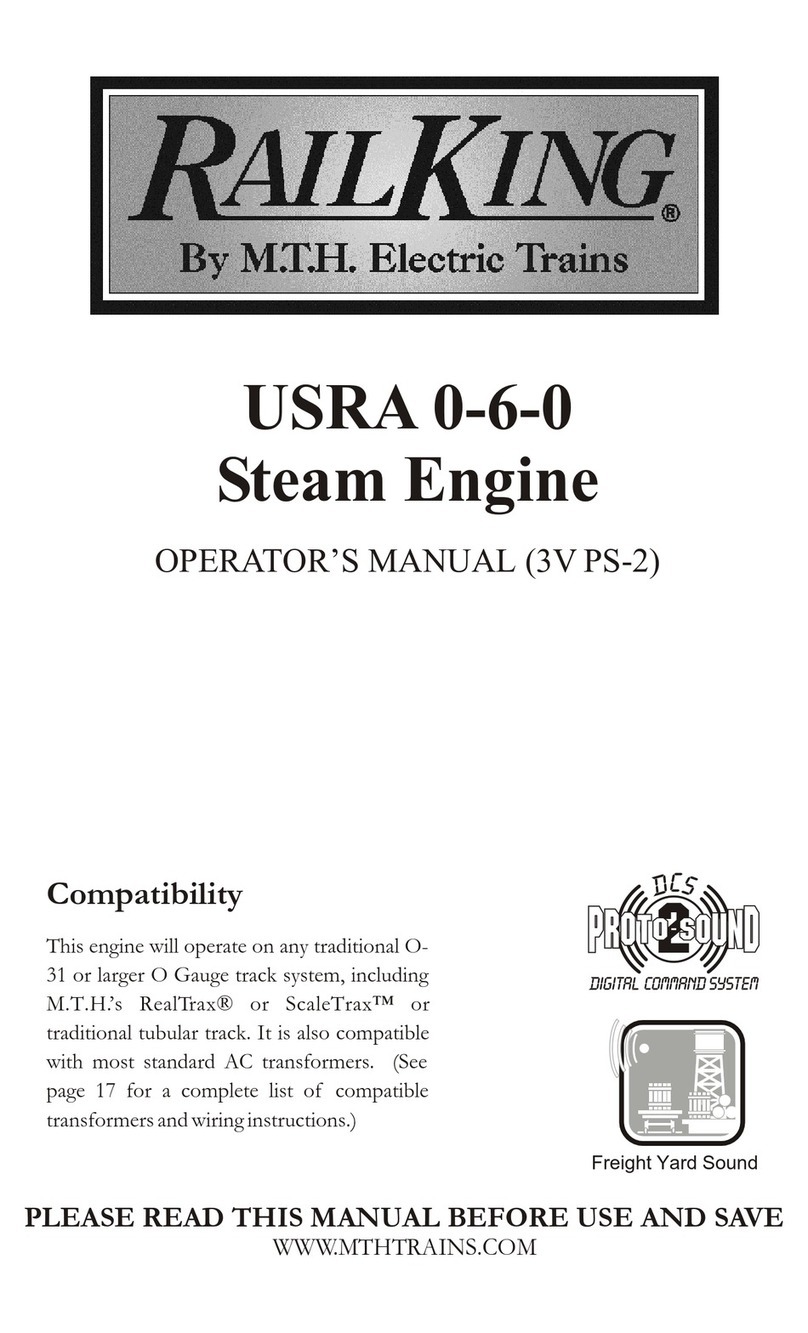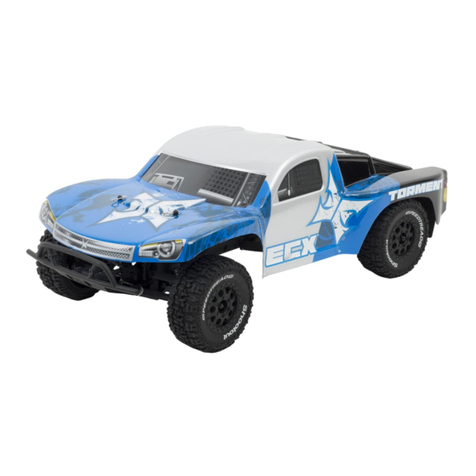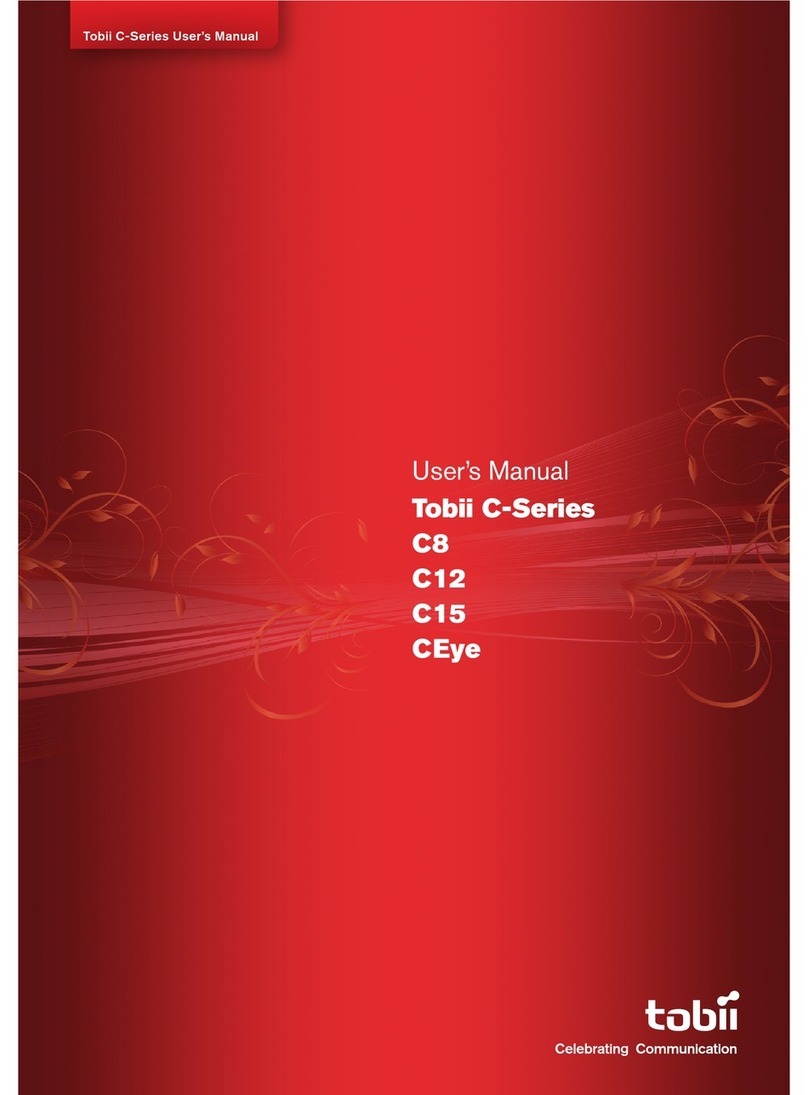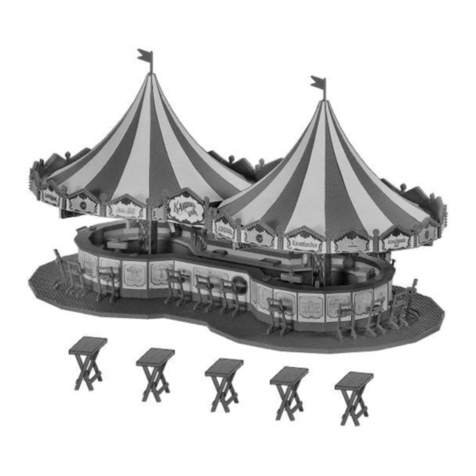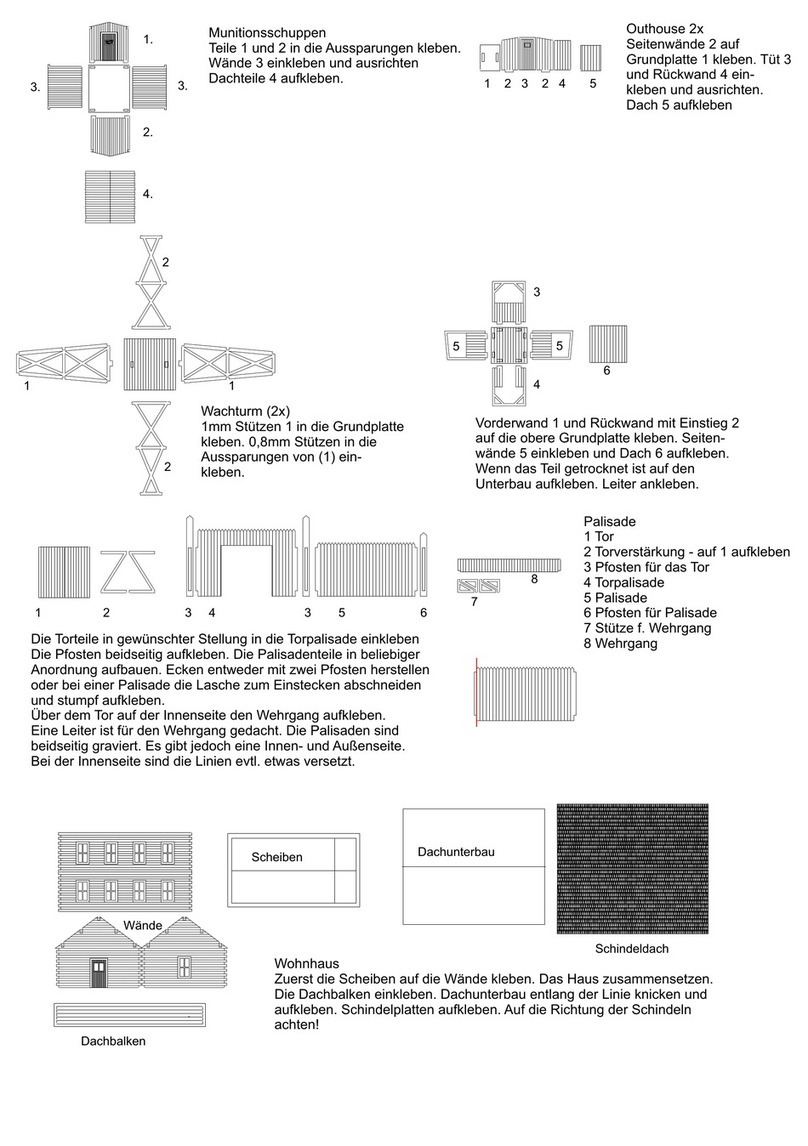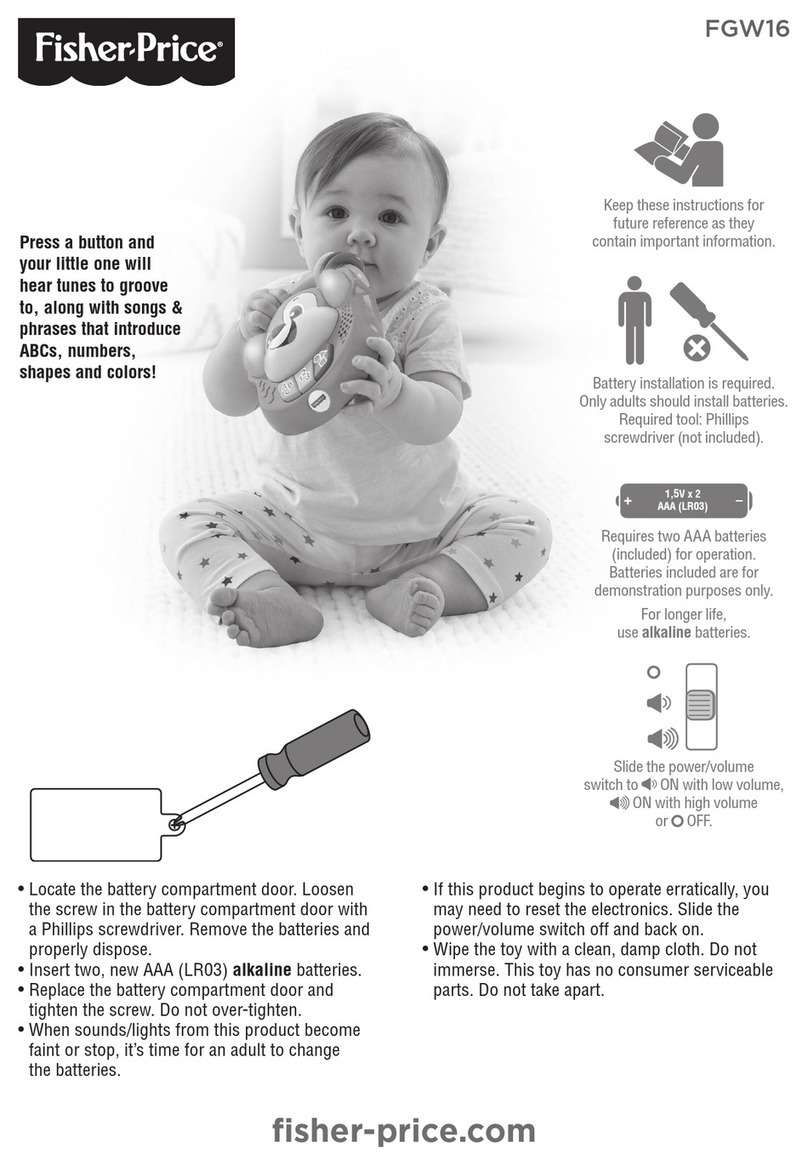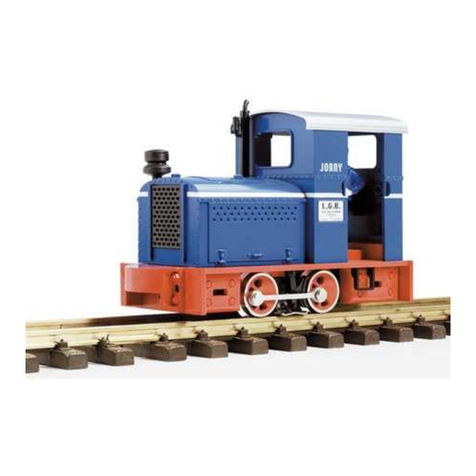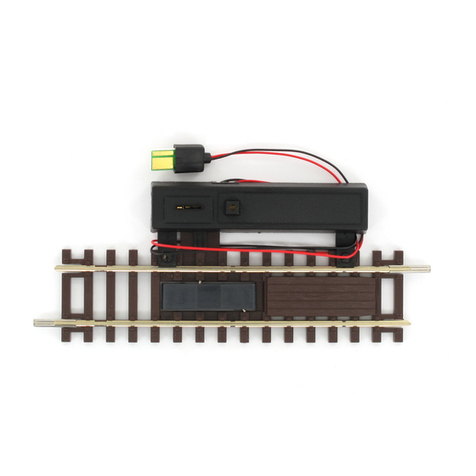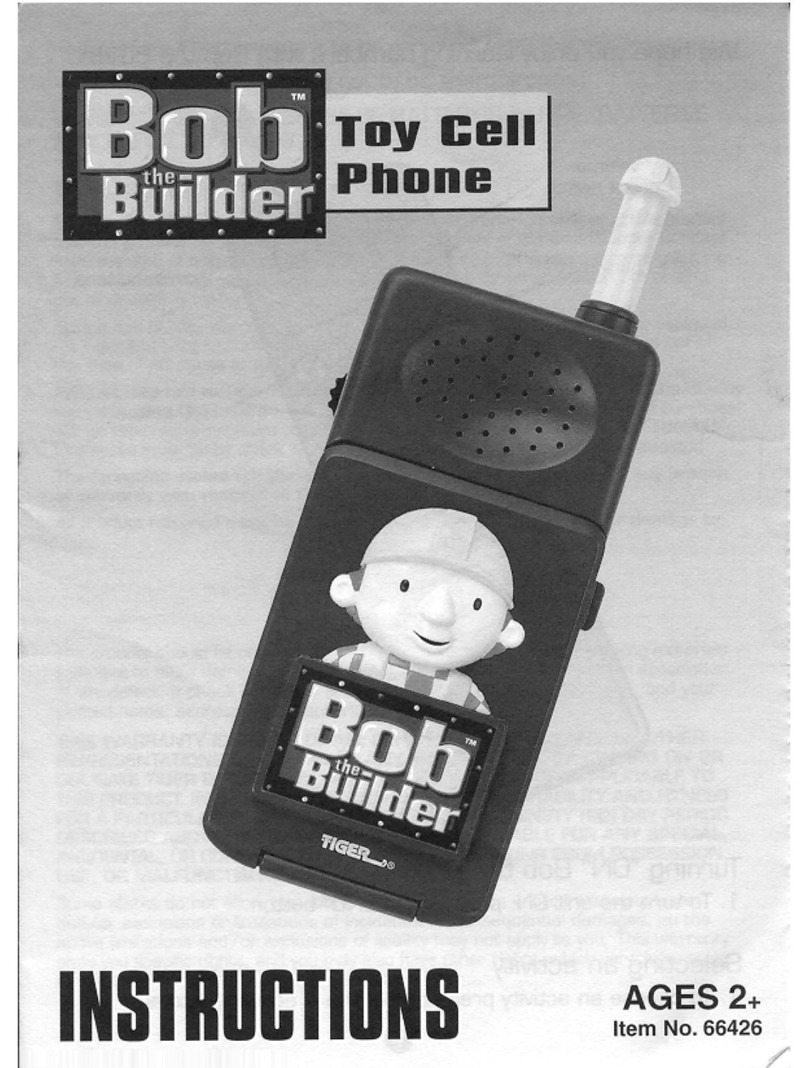
OWNER’S MANUAL
IMPORTANT SAFETY INSTRUCTIONS
Follow all the Safety and Operating Instructions. If you don’t follow these instructions, it may cause the boat to overturn or explode and result in drowning.
WARNING
• The boats are designed and manufacture in conformity with ABYC H-28 or ABYC H-29(only for Kayak).
• To avoid damage to the boat and injury to passengers, please don’t exceed the data given on the builder’s plate.
• When using the boat, life saving devices such as life jackets and buoys should be pre-inspected and used at all times.
• Before every use, carefully inspect all boat components including air-chambers, grab ropes, oars, and air valves, to ensure everything is in good condition and tightly secured. If you find any damage, please stop to repair it.
• Buckets, water scoops and air pumps should always be available in case of air leakage or if the boat takes on water.
• When the boat is in motion, all passengers must remain seated at all times to avoid falling overboard. Keep the boat balanced. Uneven distribution of persons or load in the boat may cause the boat to overturn and result in drowning.
• If one chamber is punctured when the boat is in the water, it may be necessary to fully inflate the other air chamber to prevent the boat from sinking.
• Be careful when landing on the shore. Sharp and rough objects such as rocks, cement, shells, glass, etc. may puncture the boat. To avoid damage, do not drag the boat on rough surfaces.
• If you accidentally fall overboard, grab the safety rope around the boat and climb aboard.
• Be aware of the potential harmful effects of liquids such as battery acid, oil or petrol. The liquids may damage your boat.
• Inflate according to the numbered air chamber and rated pressure of the boat, or it will cause over-inflation and potential and boat explosion. Exceeding the data given on the capacity plate may cause the craft to be damaged, overturn
and lead to drowning.
• Know how to operate a boat. Check in your local area for information and/or training as needed. Inform yourself about local regulations and dangers related to boating and/or other water activities.
• The operator of a vessel is responsible for the maintenance and safe conduct of the vessel and the safety of passengers.
• Product misuse is prohibited, such as, but not limited to: (a) riding backwards, gunwale, or in any other unsafe position, (b) failure to use handhold, (c) overloading or improper loading, (d) excessive speed for the operating conditions,
(e) using a boat in weather or sea conditions beyond the skill or experience of the operator, (f) continued operation with operator’s visibility blocked or impaired (g) operating under the influence of drugs or alcohol, and/or (h)
modifications.
• Boat operation where the boat operator or occupants are not under the influence of drugs and/or alcohol.
• Knowledge of federal, state, and/or local regulations concerning operation requirement, including: (a) discharge of oil, (b) solid waste disposal (Marpol Treaty), (c) marine sanitation, (d) speed, (e) noise, and (f) wake
• Knowledge of accident reporting requirements.
• The owner or operator of a vessel is required by law to render assistance to any individual or vessel in distress, as long as his vessel is not endangered in the process.
• When choosing an outboard motor, refer to the technical specifications section of this manual to determine acceptable horsepower ratings.
• For electrical motors equipped with batteries, note that battery acid can be caustic, which can cause damage to both skin and boat materials.
• For motors which use fuels such as gas, oil or petrol, since fuel is a flammable substance, it should be kept away from open flames. Further, clean the boat material immediately if fuel spatters onto the boat surface. Be aware of the
potential harmful effects of liquids such as battery acid, oil or petrol. The liquids may damage your boat.
•
If
you
need
to
register
your
boat,
please
have
the
boat
Hull
Identification
Number
and
model
name
ready
and
then
visit
bestwayusa.com/support
to
obtain
your
Certificate
of
Origin,
or
you
can
send
e-mail
to
[email protected] for
the Certificate of Origin.
• The HIN is located on the starboard outboard side of the hull and near the stern.
TECHNICAL SAFETY INSTRUCTIONS
• Do not exceed the maximum recommended number of people. Regardless of the number of people on board, the total weight of people and equipment must never exceed the maximum recommended load. Always use the seats/seating
spaces provided.
• When loading the craft, never exceed the maximum recommended load: Always load the craft carefully and distribute loads appropriately to maintain design trim (approximately level). Avoid placing heavy weights high up.
• The maximum recommended load includes the weight of all people on board, all provisions and personal effects, any equipment not included in the light craft mass, cargo (if any) and all consumable liquids (water, fuel, etc.).
• Use the craft in sheltered water, up to 300 m (984 feet). Be careful with natural factors such as wind, tide waters and tidal waves. Be aware of offshore winds and currents.
• If you use the tow rings to tow the boat, go slowly to avoid over-towing as damage may occur.
• The boat is intended for beach use, short-time and short-distance cruising.
• U.S.Coast Guard Info line: (800)368-5647. Web site: www.uscgboating.org
• Drawings for illustration purpose only. May not reflect actual product. Not to scale.
SAVE THESE INSTRUCTIONS
33
②
mc
mc1112
1112
131415
①
③
65142E
1.5 2
3




